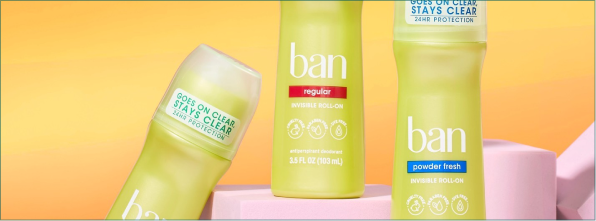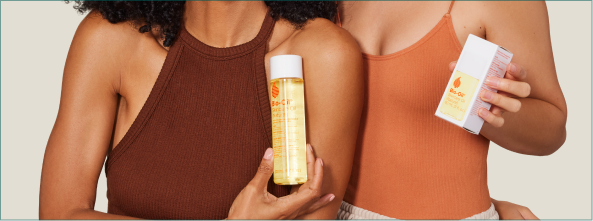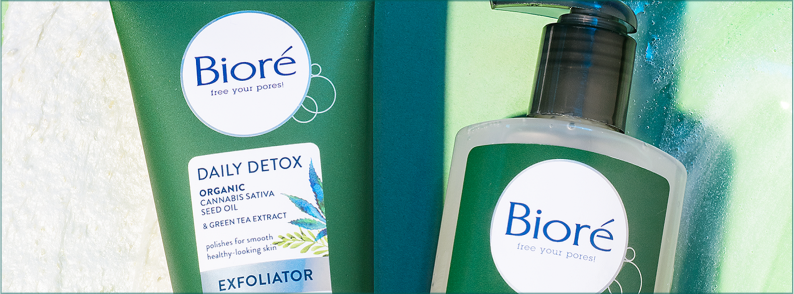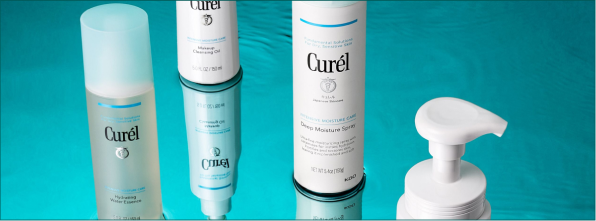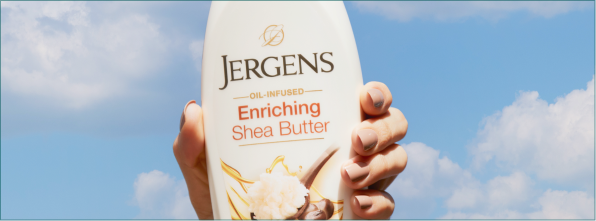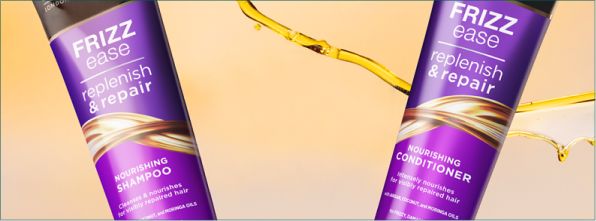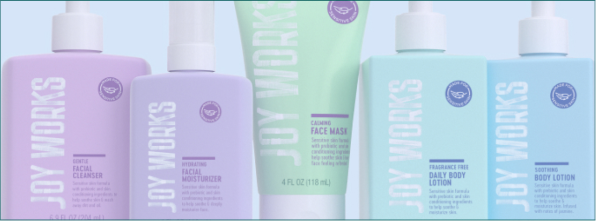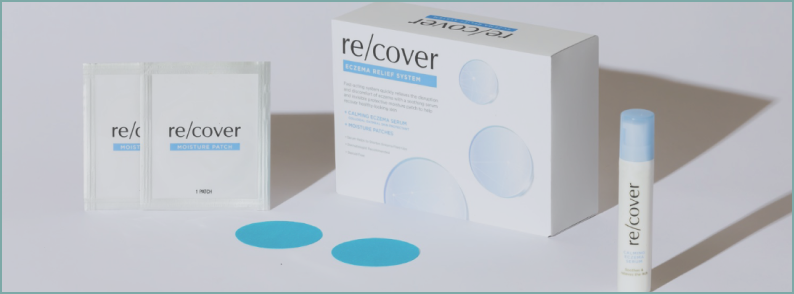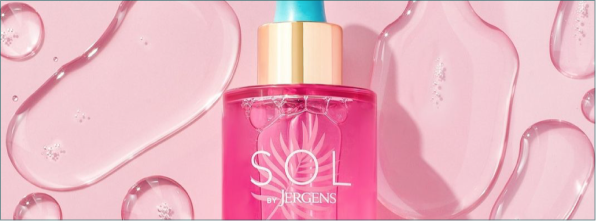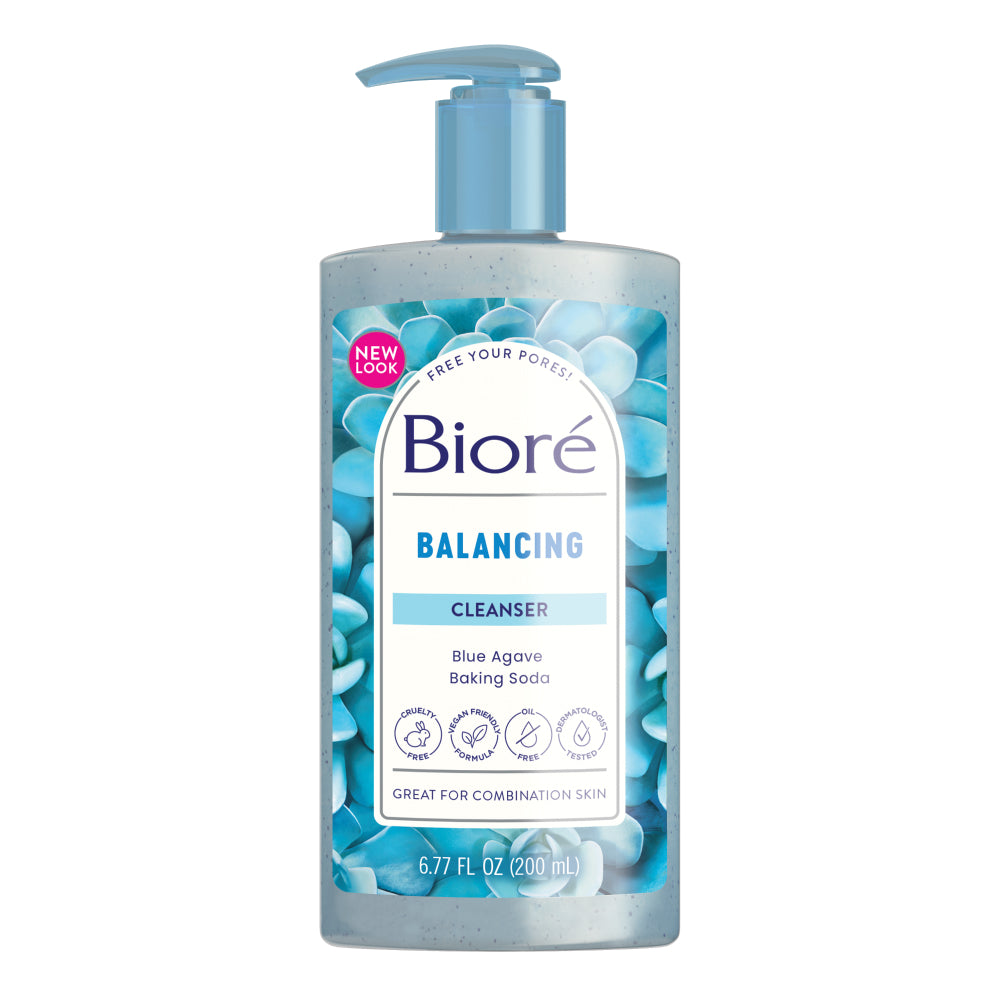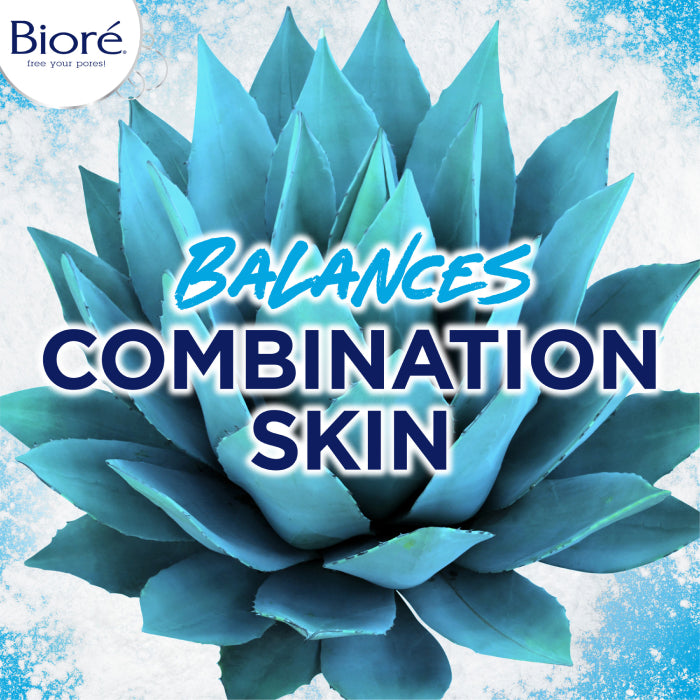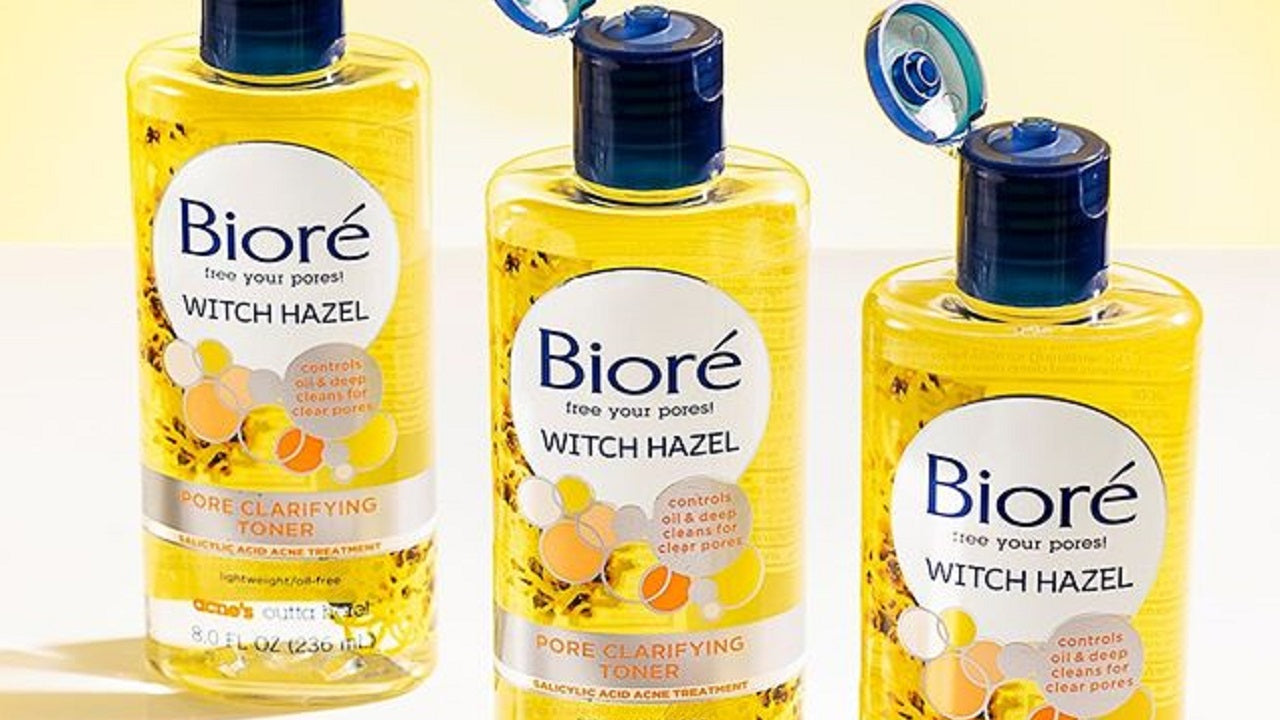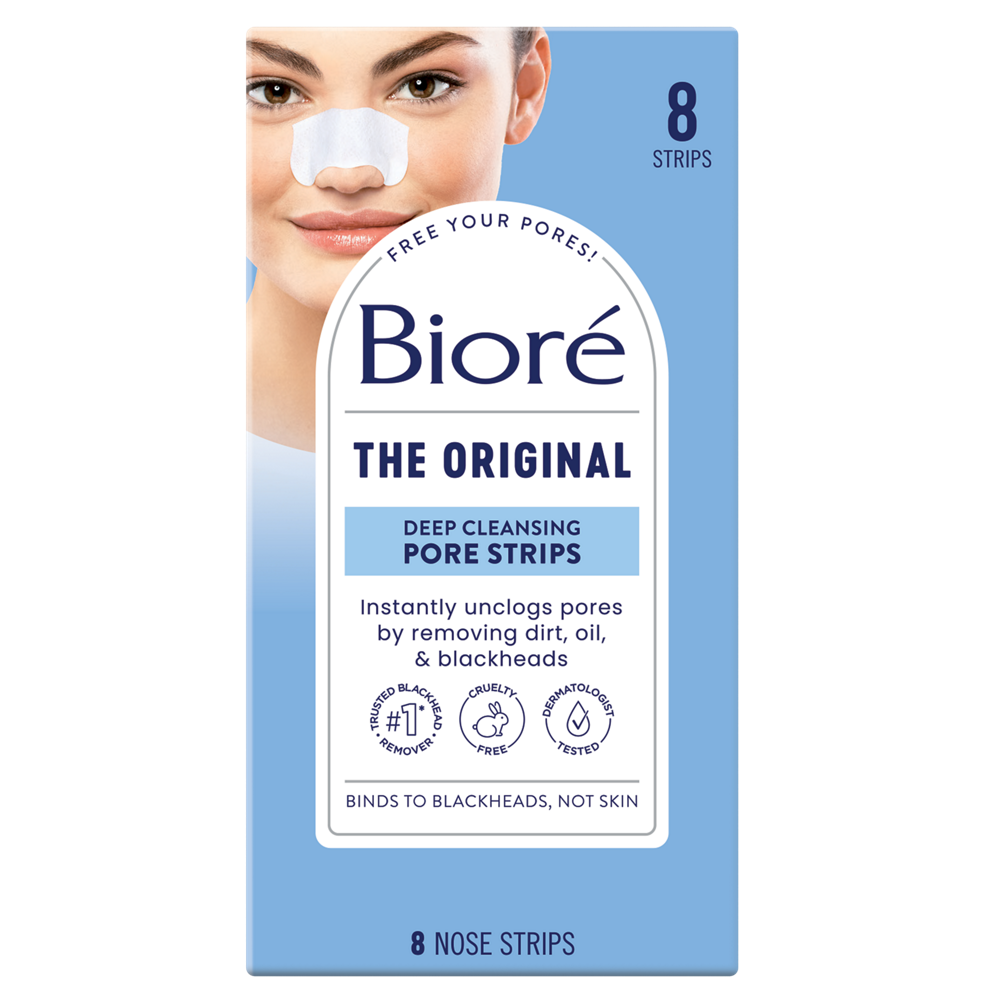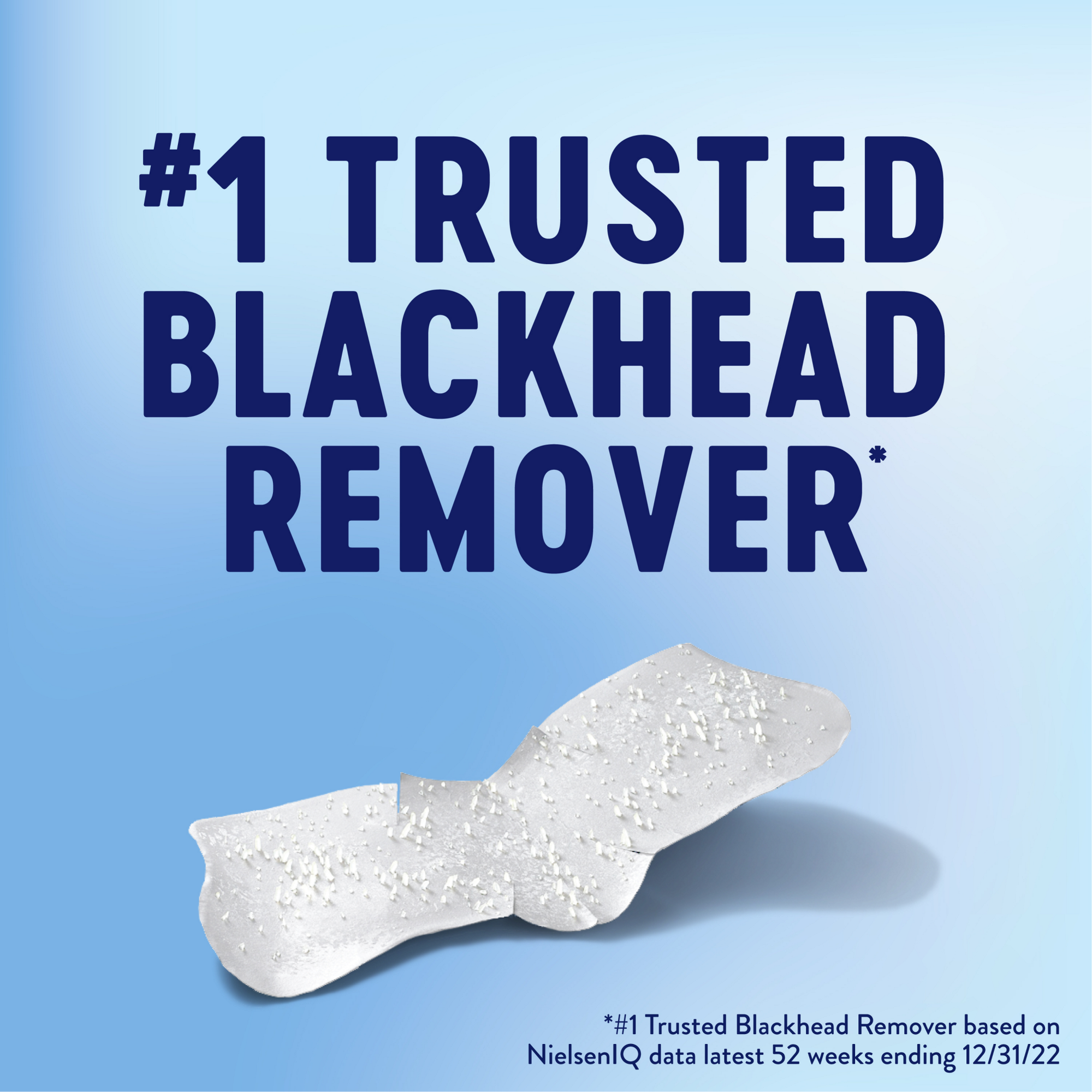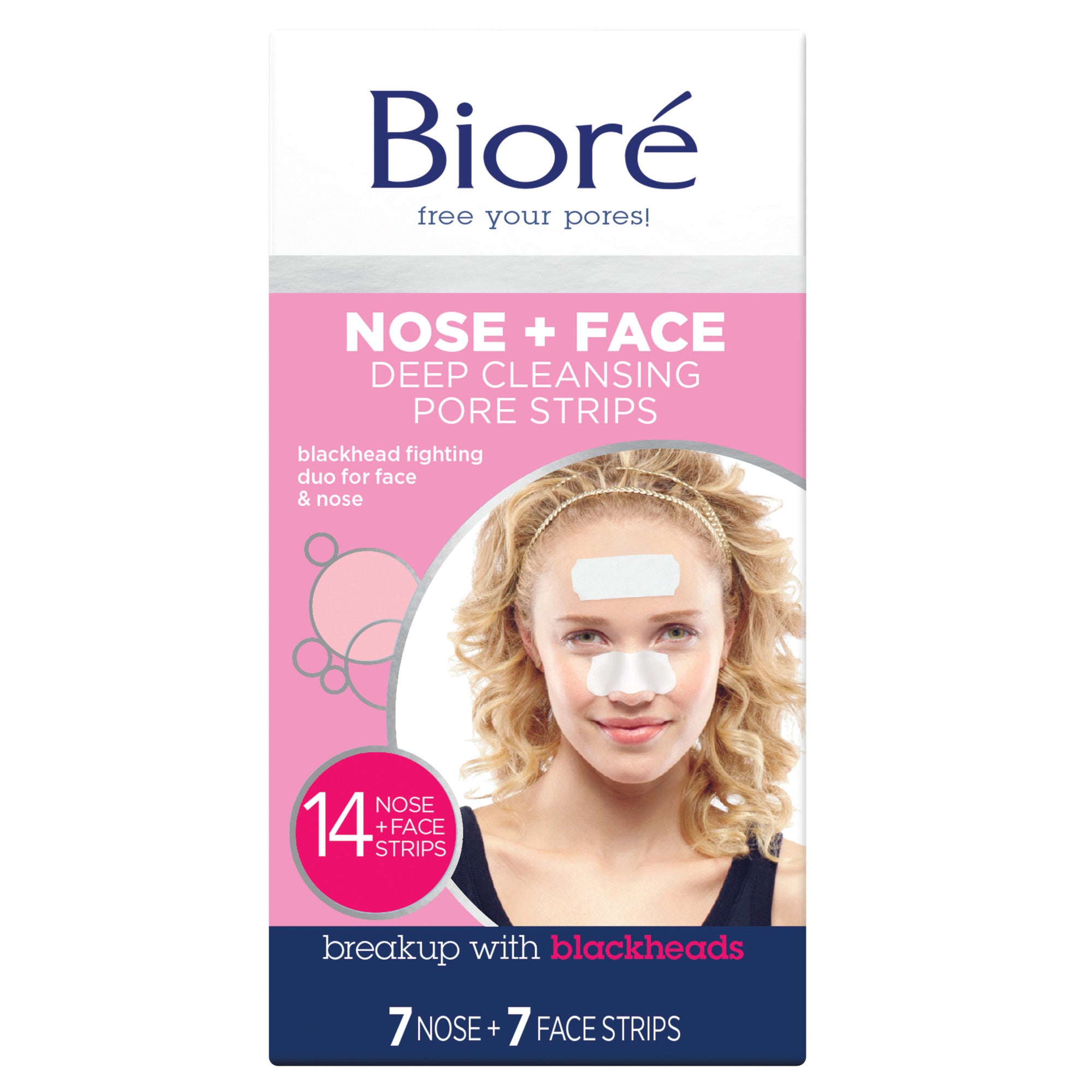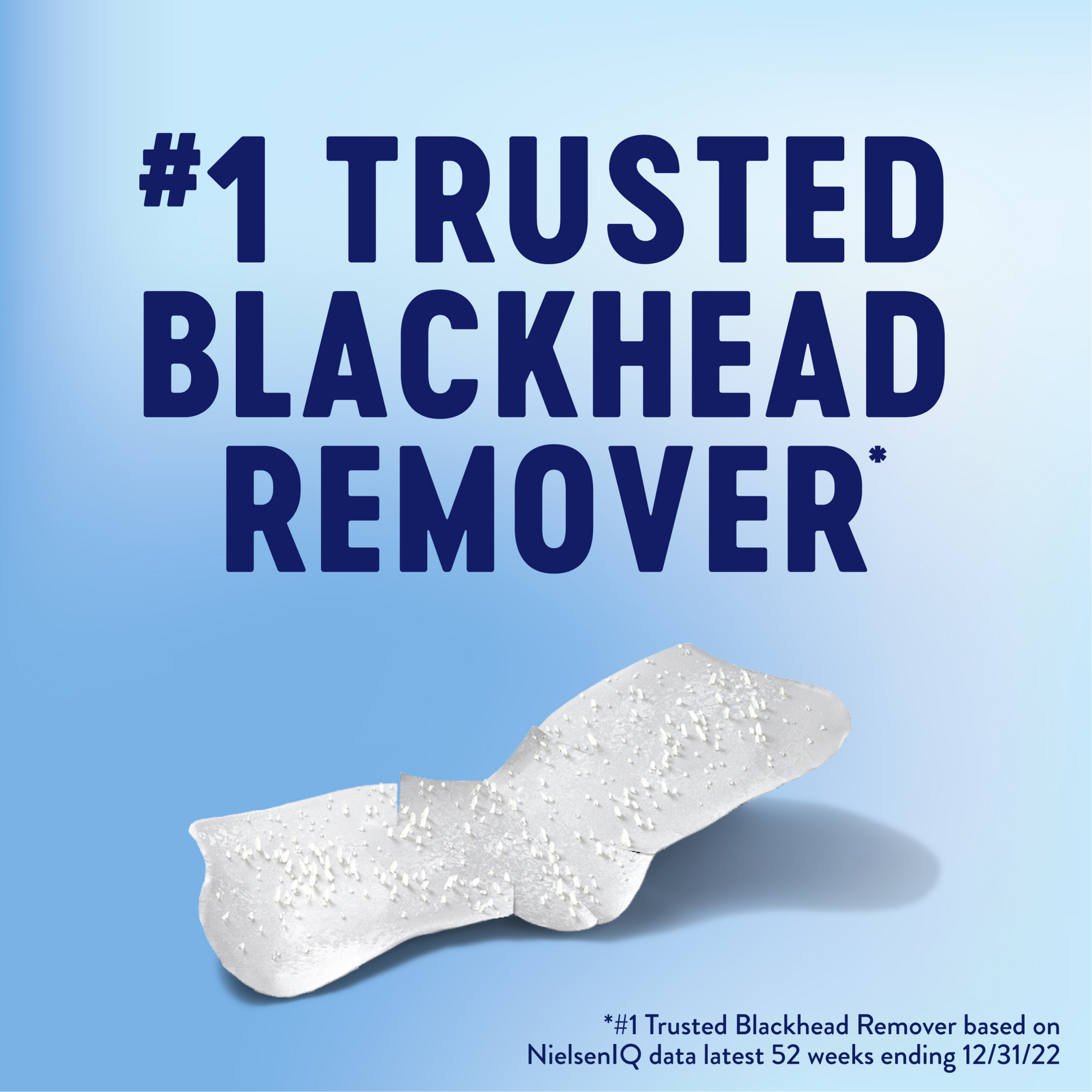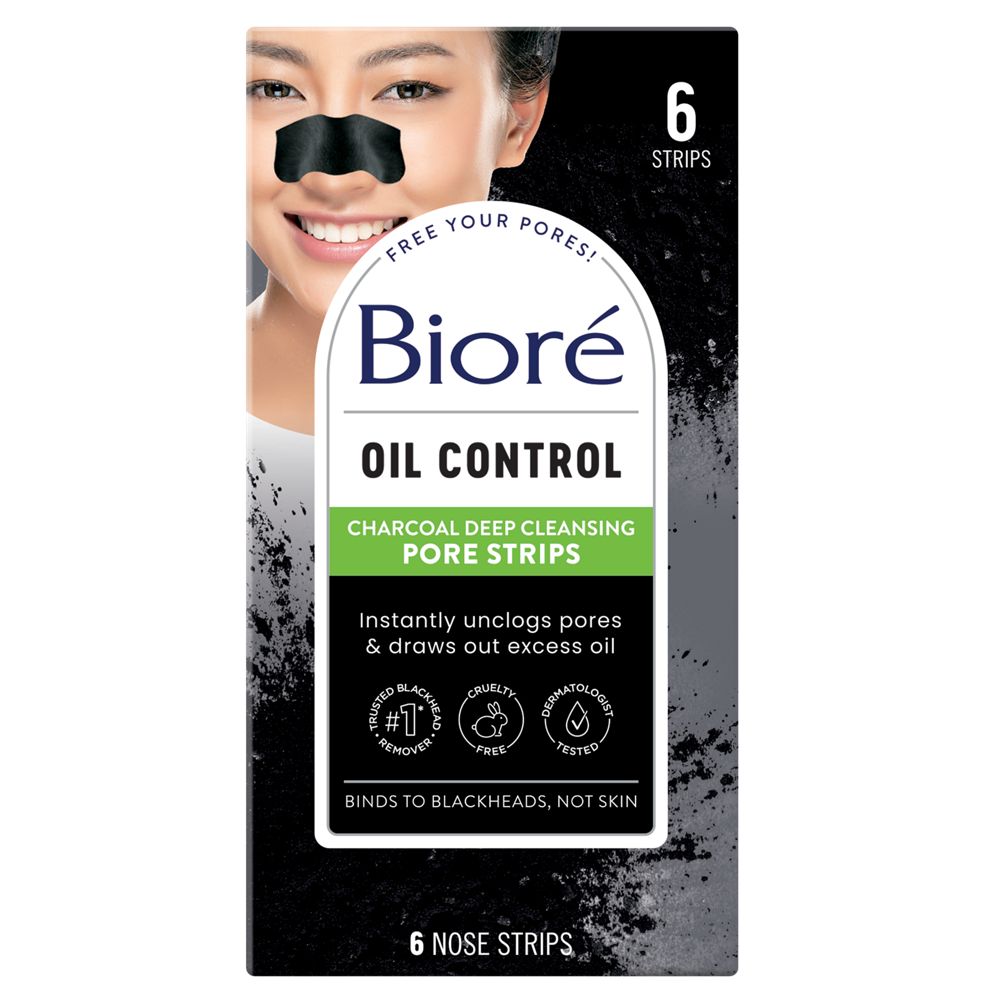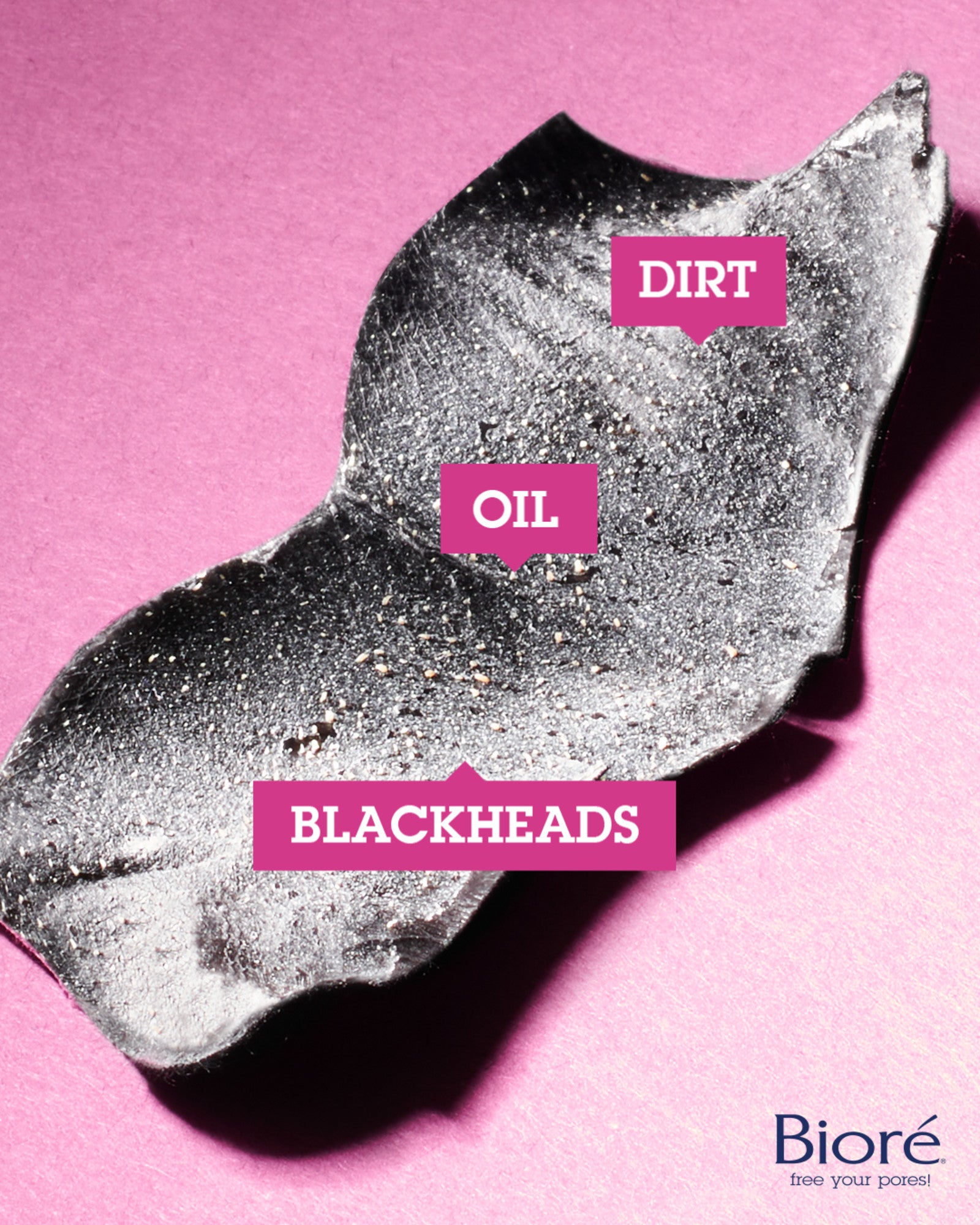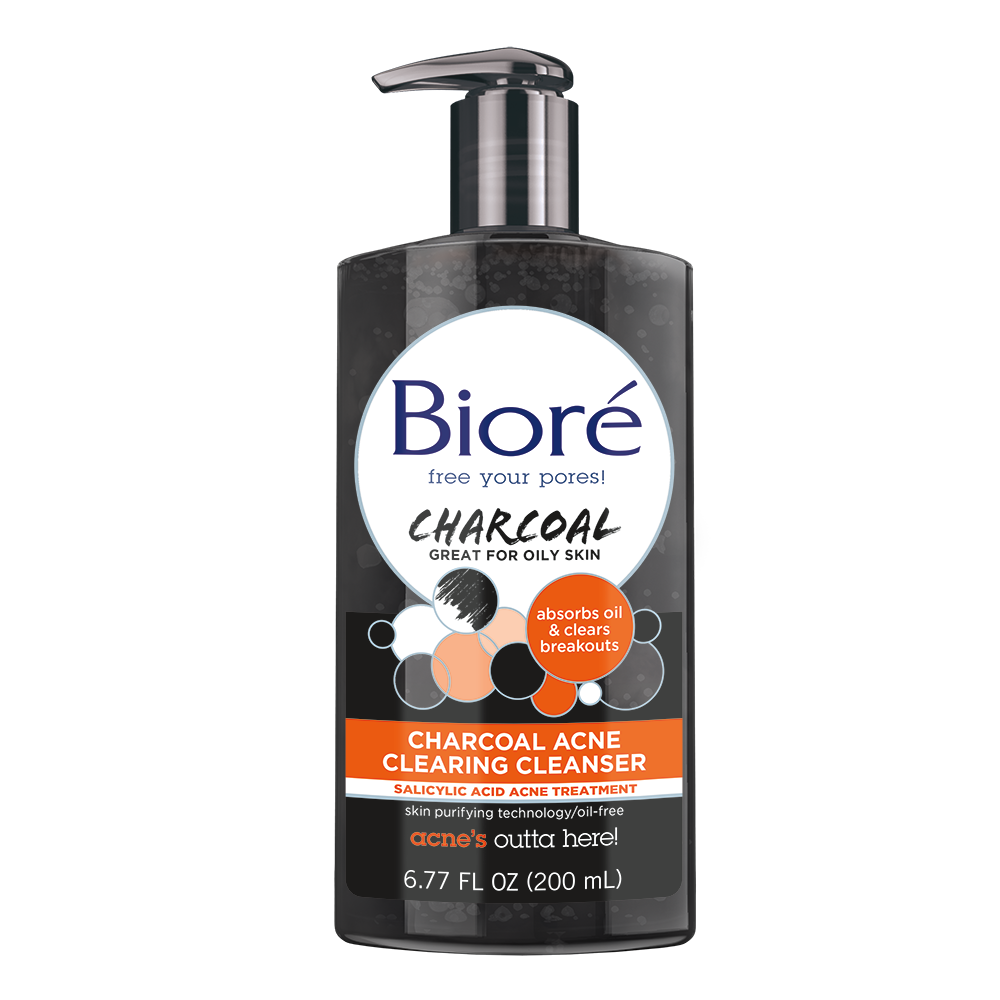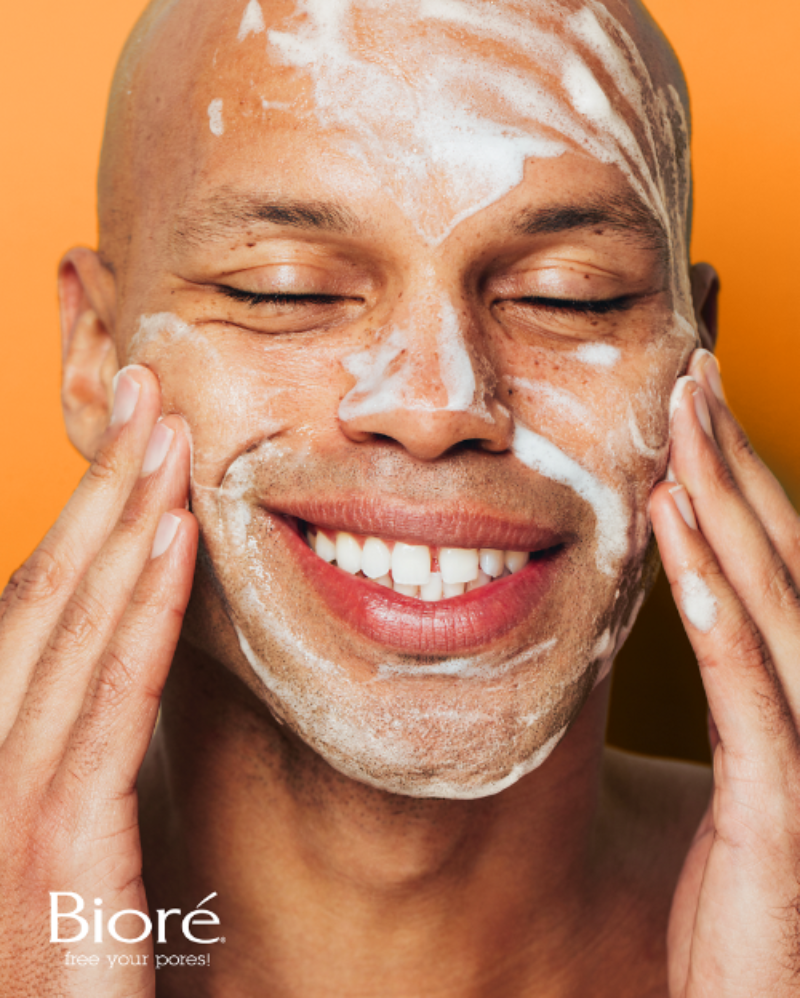How to Use Facial Cleanser

Washing your face should be an essential part of your daily routine. Cleansers with Salicylic Acid help prevent acne and other blemishes by removing pore-clogging material from your face. Choosing the right cleanser tailored to your skin concerns is key to maintaining a healthy and radiant complexion. Cleansers aid in preserving your skin's tone and character and use our tips and tricks to ensure it looks its absolute best.
What Do Cleansers Do?
A facial cleanser is a skincare product designed to wash away daily grime like makeup, dead skin cells, excess oil, and pollutants. Cleansing your face each day can help prevent clogged pores. Forgetting to wash your face can lead to a dull complexion due to residue on the surface of your skin.
Depending on your skin type and skincare goals, you’ll need to research when finding the best face cleanser for your skin. If you can pinpoint your skin's vulnerabilities, you've taken the first step toward choosing a cleanser that can help restore or maintain its balance.
- Oily Skin Type. If your skin is prone to acne and excess oil, a cleanser with Salicylic Acid can be your best friend. The addition of oil-absorbing ingredients like charcoal plus Salicylic Acid can help give you clear skin in as soon as two days.
- Combination Skin. The trick to understanding how to use a facial cleanser for combination skin starts with understanding how you need it to perform. Combination skin tends to be dry in some areas and oily in others. For this skin type, look for a cleanser that deep cleans your pores without irritating dry spots on your skin. Try our balancing pore cleanser to help deep clean and exfoliate your pores while soothing and conditioning your skin.
- Normal Skin Types. Having a normal skin type means that your skin is neither too oily nor. For this skin type, a brightening jelly cleanser may be best for you. This cleanser helps boost your skin’s brightness and makes radiant.
Types of Cleansers
Selecting the right facial cleanser is a pivotal step towards maintaining healthy, radiant skin!
- Oil Cleansers: Contrary to common belief, oil cleansers are suitable for various skin types, including oily skin. These cleansers work on the principle of "like dissolves like," effectively breaking down oil-based impurities such as sebum, makeup, and sunscreen. They can be particularly beneficial for removing waterproof makeup. Oil cleansers often emulsify with water, rinsing away easily without leaving a greasy residue.
- Cream Cleansers: Ideal for dry or sensitive skin types, cream cleansers offer gentle cleansing without stripping the skin of its natural oils. These cleansers typically contain moisturizing ingredients and have a creamy, luxurious texture that soothes and hydrates the skin while cleansing. They're effective in removing dirt and makeup while maintaining skin moisture.
- Clay Cleansers: Perfect for oily or acne-prone skin, clay-based cleansers are adept at drawing out impurities and excess oil from the pores. They often contain ingredients like kaolin or bentonite clay, known for their absorbent properties. Clay cleansers can help in deep cleansing, refining pores, and balancing oil production without causing excessive dryness.
- Gel Cleansers: Suitable for most skin types, gel cleansers offer a refreshing and lightweight cleansing experience. They are effective in removing impurities and excess oil without leaving a residue, making them a great choice for combination or oily skin. Gel cleansers often contain ingredients like glycerin or hyaluronic acid, providing hydration while cleansing.
- Micellar Water: Micellar water is a gentle, no-rinse cleansing option composed of micelles (tiny oil molecules) suspended in soft water. It effectively attracts and lifts away dirt, makeup, and impurities without the need for harsh rubbing. It's suitable for sensitive skin and serves as a quick and convenient cleansing option.
Each type of cleanser offers unique benefits, catering to various skin concerns and preferences. It's essential to consider your skin type, specific needs, and desired results when choosing the most suitable cleanser for your skincare routine. Experimenting with different cleanser types can help you find the one that works best for your skin.

How To Use Facial Cleansers
Knowing how to use a facial cleanser is just as important as your chosen product. Usage depends on the type of cleanser you’re using, so be sure to read the instructions on your cleanser before applying it. For general tips on how to use your face wash, check out our step-by-step guide below!
Step 1. Pull Your Hair Back
If you have long hair, use a hair tie to keep hair out of your face while cleansing. Doing so also makes it easier to cleanse the pores on your hairline, which can become clogged with excess hair product and oil.
Step 2. Wash Your Hands
Before washing your face, make sure your hands are clean. Washing your face with dirty hands can cause grime and impurities from your hands to end up on your face!
Step 3. Wet Your Face
Apply lukewarm water to your face before applying your cleanser. This step helps the cleanser go smoothly on your skin and spread evenly across your face.
Step 4. Apply Cleanser to Your Face
Squeeze a dime-size amount of your cleanser onto clean hands and then apply it to your face. Make sure to apply the product evenly to your face and don’t forget about places like your hairline, jawline, and neck. Be careful around your eyes and mouth. If you get products in these areas, it can lead to irritation.
Step 5. Gently Massage Your Face
After applying your cleanser, gently massage your face and neck with your fingers, using small, circular motions. Depending on the cleanser you’re using, you may need more time to let the cleanser work its magic! For example, our jelly cleanser should be massaged into the skin for a full minute to activate its unique cleansing technology.
Step 6. Rinse
When you are finished cleansing your skin, rinse your face off with lukewarm water. Depending on personal preference, you can use a washcloth or just your hands to remove the cleanser after washing. Avoid using hot water when rinsing your face. Using water that is too hot can irritate your skin and dry out your skin.
Step 7. Pat Your Face Dry
Use a soft towel to gently pat your skin dry. The skin on your face is delicate, so avoid rubbing or pulling your skin as you remove excess moisture. Make sure you’re using a fresh towel and not one that’s already been used for cleaning off your hands.
Step 8. Continue Your Skincare Routine
Once you have your cleansing routine down, you may want to add a few steps to your post-wash routine. Depending on your skincare goals, consider using the following after cleansing.
- Moisturize. After cleansing, applying moisturizer is an essential step in any skincare routine. Moisturizer helps lock in hydration and prevent dry skin on your face. After washing your face in the morning, look for a moisturizer with sunscreen to protect your skin from dryness and sun exposure.
- If you have oily skin, applying a facial toner can help deep clean and remove residue that a cleanser might have missed.
- To instantly remove blackheads without damaging your skin, apply a pore strip once a week after cleansing. Pore strips help remove pore-clogging build-up, dirt, oil, and blackheads. Plus, with regular use, blackhead nose strips can help reduce the appearance of your pores!
- Pore strips. To instantly remove blackheads without damaging your skin, apply a pore strip once a week after cleansing. Pore strips help get rid of pore-clogging build-up, dirt, oil, and blackheads. Plus, with regular use, blackhead nose strips can help reduce the appearance of your pores!
- Blemish patches. If you still have stubborn whiteheads after consistently following your skincare routine, apply blemish patches to your blemishes to help flatten them out and reduce redness.
- Facial masks. These work best on clean skin, so they're perfect to use after cleansing your skin. To help improve texture and brighten your skin, try a brightening clay mask two to three times a week.
- Exfoliate. Exfoliating helps get rid of built-up dead skin cells. However, keep it at a minimum of maybe once every one to two weeks.
How Often Should You Wash Your Face?
Knowing when to wash your face is equally important to healthy skin as knowing how to wash your face. Most dermatologists agree that it is possible to maintain healthy-looking skin with a simple daily cleansing regimen. Here are some tips to help you decide how often to wash your face:
- For most skin types, washing your face twice a day—once in the morning and once at night—is enough to cleanse your skin and help prevent blemishes.
- If you have oily or acne-prone skin, don’t over-cleanse! you may be tempted to wash your face multiple times a day. In reality, overcleaning may do more harm than good. Overcleaning can cause your skin to go into oil-production overdrive leading to even more blemishes! When finding the best skincare routine for oily skin, look for products that remove excess oil without drying out your skin, like a charcoal cleanser. Or if you have combination skin, try skin balancing cleaners.
- Always remove your makeup at the end of the day. Leaving makeup on your skin can cause pore-clogging residue to seep into your pores overnight. In addition to washing your face with your favorite cleanser, you can use a makeup remover or a cleansing cloth to effectively remove dirt, oil, and makeup at the end of the day.
- If you have dry and sensitive skin, look into washing your face once or twice a day, hydrating cleanser. Choose a gentle cleanser to effectively clean your pores without depleting your skin's natural moisture. Be sure to follow with a moisturizer to nourish and protect your skin. If you’re worried about fragrance in products that may irritate your skin, always check a brand’s philosophy on how they make their products to ensure effective skin cleansing.
